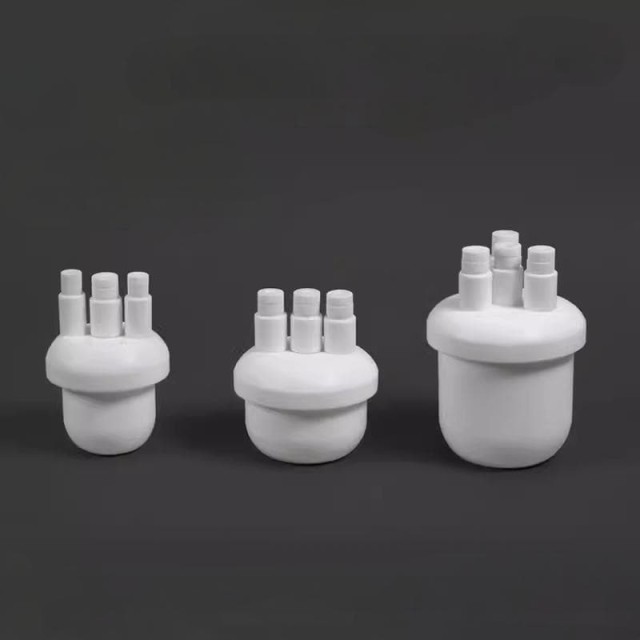
PTFE-Werkstoff
Kundenspezifischer PTFE-Teflon-Teilehersteller für Rundkolben mit drei Hälsen
Artikelnummer : PTFE-36
Preis variiert je nach Spezifikationen und Anpassungen
- Werkstoff
- PTFE
- Spezifikation
- Siehe das Formular
Versand:
Kontaktieren Sie uns um Versanddetails zu erhalten. Genießen Sie Garantie für pünktliche Lieferung.
Warum uns wählen
Zuverlässiger PartnerEinfacher Bestellprozess, Qualitätsprodukte und engagierter Support für Ihren Geschäftserfolg.
Anwendungen
Der PTFE-Kolben (dreihalsige Flasche) ist ein vielseitiges Laborwerkzeug, das aufgrund seiner chemischen Beständigkeit, Temperaturbeständigkeit und seiner inerten Eigenschaften für verschiedene Anwendungen konzipiert ist. Hier sind die wichtigsten Anwendungsbereiche:
- Chemische Synthese: Ideal für Reaktionen mit korrosiven Substanzen, bei denen die Inertheit von PTFE jede chemische Wechselwirkung mit dem Kolben verhindert.
- Umweltprüfungen: Geeignet für die Handhabung von Proben in der Umweltanalytik, insbesondere wenn die Probe aggressive Chemikalien enthalten kann.
- Wärmebehandlung: Hält Temperaturen von -200 °C bis +250 °C stand und eignet sich daher für die Wärmebehandlung von Proben.
- Labor-Destillation und -Verdampfung: Das dreihalsige Design ermöglicht mehrere Anschlüsse, was ihn perfekt für Destillationsapparaturen und Rotationsverdampfungsprozesse macht.
Details & Teile
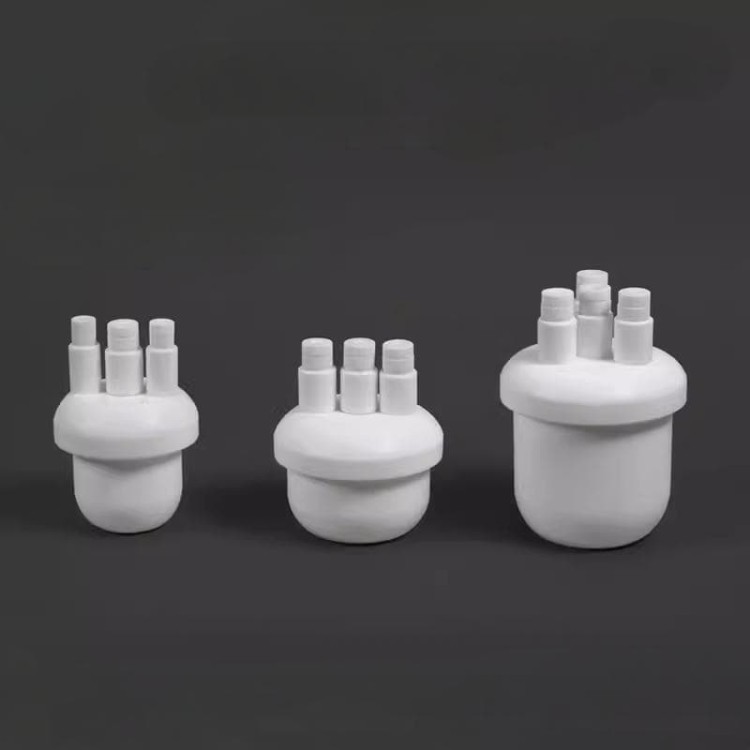
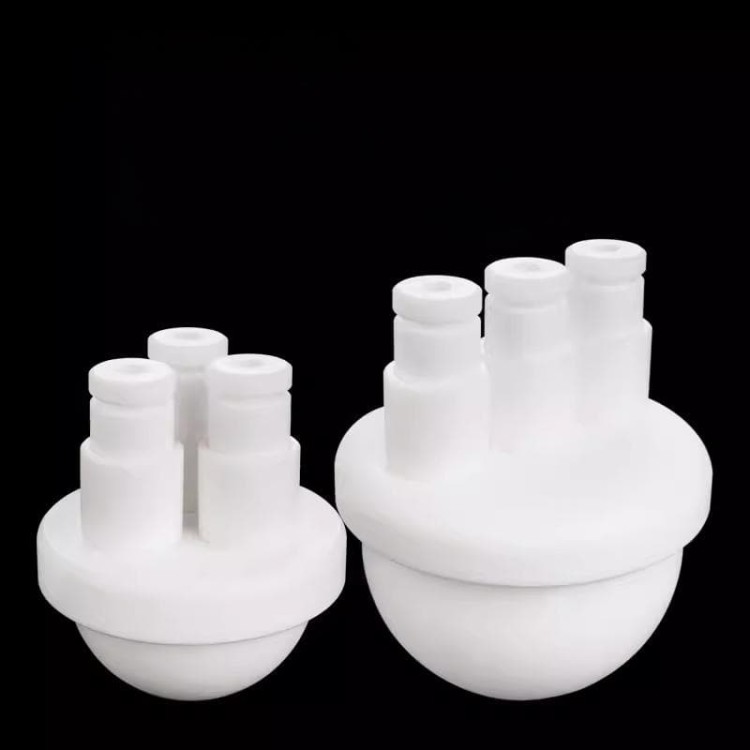
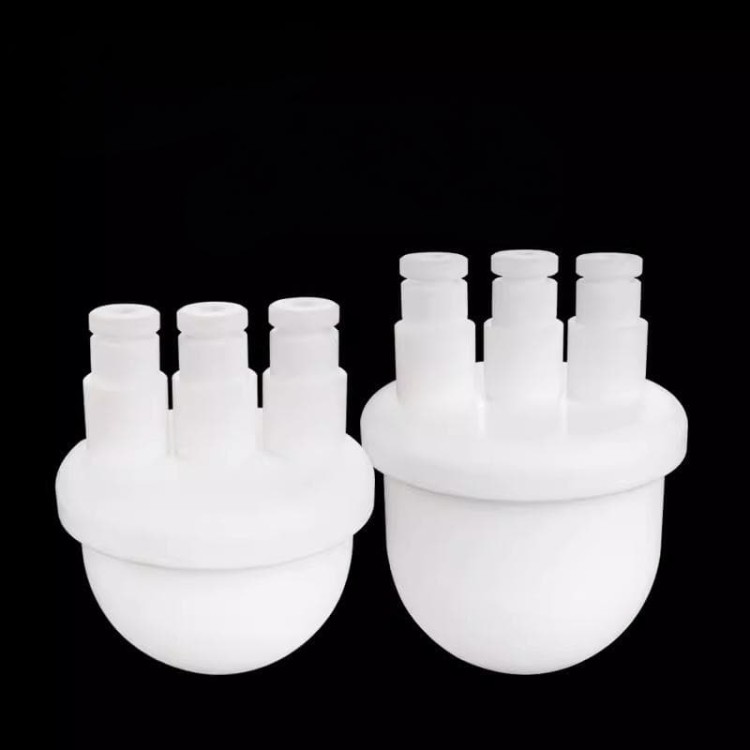
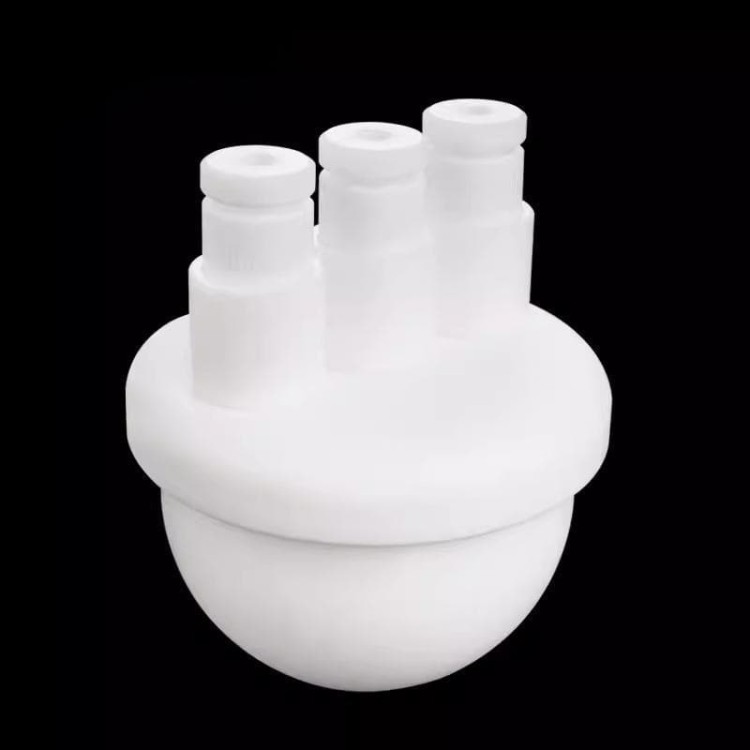
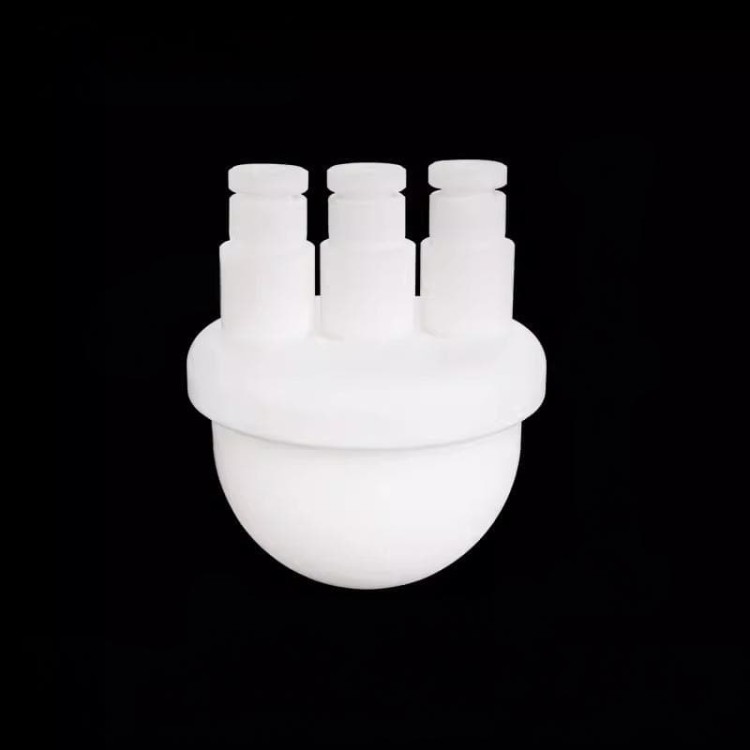
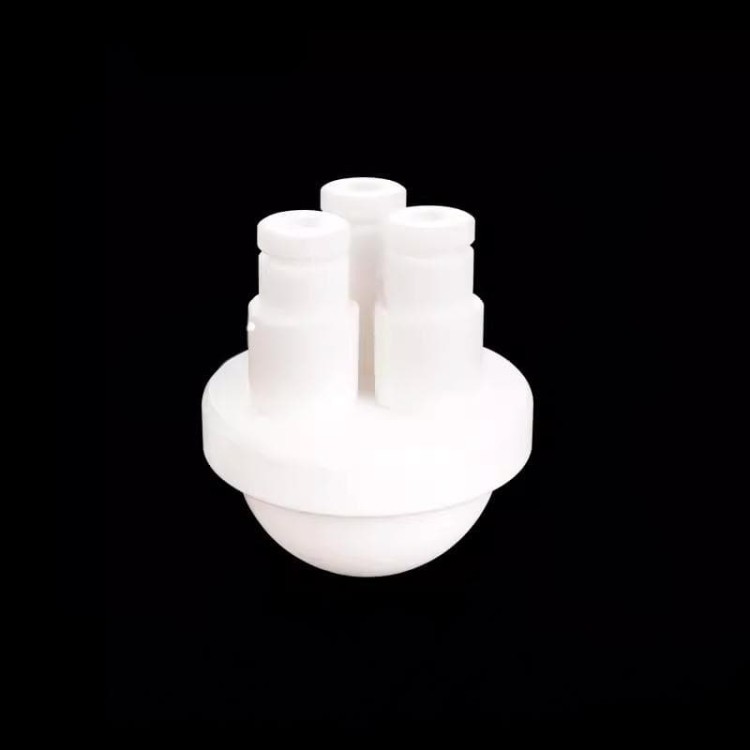

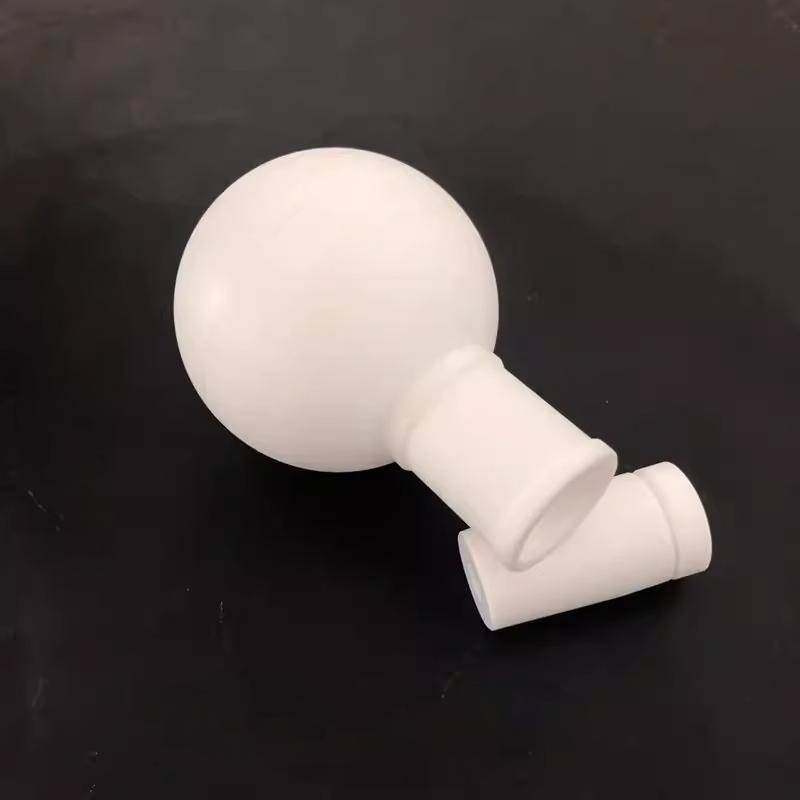
Vorteile
Der dreihalsige PTFE-Kolben bietet eine Reihe von Vorteilen, die ihn zu einer überlegenen Wahl für verschiedene Laboranwendungen machen. Hier sind einige der wichtigsten Vorteile:
- Ausgezeichnete chemische Beständigkeit: Diese Kolben sind äußerst inert und beständig gegen eine Vielzahl von Chemikalien, einschließlich korrosiver Substanzen wie Fluorwasserstoffsäure. Dies macht sie ideal für den Umgang mit aggressiven Reagenzien, ohne die Gefahr von Kontamination oder Beschädigung des Kolbens.
- Haltbarkeit und Sicherheit: Im Gegensatz zu Glas sind PTFE-Kolben unzerbrechlich, wodurch das Risiko von Verletzungen und Kontaminationen durch Glassplitter reduziert wird. Sie sind außerdem leicht, was sie sicherer und einfacher zu handhaben macht, insbesondere in geschäftigen Laborumgebungen.
- Geringer Reibungskoeffizient und Gleitfähigkeit: Die Oberfläche von PTFE-Kolben ist von Natur aus glatt und antihaftbeschichtet, was das einfache Ausgießen und Reinigen erleichtert. Dies minimiert auch die Anhaftung von Substanzen am Kolben, gewährleistet genaue Messungen und reduziert das Risiko von Kreuzkontaminationen.
- Temperaturbeständigkeit: Mit der Fähigkeit, Temperaturen von -200 °C bis +250 °C standzuhalten, sind diese Kolben unglaublich vielseitig und können in einer Vielzahl von Heiz- und Kühlprozessen ohne Degradation eingesetzt werden.
Für Sie entworfen
KinTek bietet umfassenden, maßgeschneiderten Service und Ausrüstung für Kunden auf der ganzen Welt. Unsere spezialisierte Teamarbeit und unsere erfahrenen Ingenieure sind in der Lage, die kundenspezifischen Hardware- und Software-Ausrüstungsanforderungen zu erfüllen und unseren Kunden beim Aufbau der exklusiven und personalisierten Ausrüstung und Lösung zu helfen!
Bitte senden Sie uns Ihre Ideen, unsere Ingenieure sind jetzt für Sie bereit!
FAQ
Wie Sollten PTFE-Rundkolben Erhitzt Werden?
Welche Vorteile Hat Die Verwendung Eines PTFE-Messkolbens Gegenüber Glas- Oder PP-Kolben?
4.7
out of
5
Impressive durability and chemical resistance, a must-have for any lab.
4.8
out of
5
Unbeatable value for money, this flask has transformed our lab processes.
4.9
out of
5
Lightweight yet robust, perfect for high-temperature experiments.
4.7
out of
5
Excellent chemical compatibility, no issues with aggressive reagents.
4.8
out of
5
Super easy to clean and maintain, saves so much time.
4.9
out of
5
Highly satisfied with the temperature resistance, reliable in every test.
4.7
out of
5
Great investment for our lab, durable and cost-effective.
4.8
out of
5
The non-stick surface is a game-changer, no more stubborn residues.
4.9
out of
5
Perfect for volumetric analysis, precise and consistent results.
4.7
out of
5
Excellent dielectric properties, ideal for our electrical experiments.
4.8
out of
5
Versatile and sturdy, handles all our lab needs with ease.
Produkte
Kundenspezifischer PTFE-Teflon-Teilehersteller für Rundkolben mit drei Hälsen
Fordern Sie ein Angebot an
Unser professionelles Team wird Ihnen innerhalb eines Werktages antworten. Sie können uns gerne kontaktieren!
Ähnliche Produkte
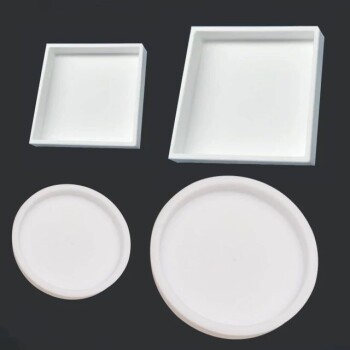
Kundenspezifischer PTFE-Teflon-Teilehersteller für PTFE-Behälter
PTFE-Behälter ist ein Behälter mit ausgezeichneter Korrosionsbeständigkeit und chemischer Inertheit.

Kundenspezifischer PTFE-Teflon-Teilehersteller für PTFE-Messzylinder 10/50/100 ml
PTFE-Messzylinder sind eine robuste Alternative zu herkömmlichen Glaszylindern. Sie sind über einen weiten Temperaturbereich (bis zu 260 °C) chemisch inert, weisen eine ausgezeichnete Korrosionsbeständigkeit auf und behalten einen niedrigen Reibungskoeffizienten bei, was eine einfache Handhabung und Reinigung gewährleistet.
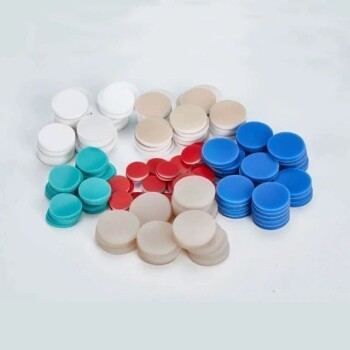
Kundenspezifischer PTFE-Teflon-Teilehersteller für Dichtungen und mehr
Dichtungen sind Materialien, die zwischen zwei flachen Oberflächen platziert werden, um die Abdichtung zu verbessern. Um Flüssigkeitslecks zu verhindern, werden Dichtelemente zwischen statischen Dichtflächen angeordnet.

PTFE-Tiegel aus reinem Teflon bieten chemische Inertheit und Beständigkeit von -196 °C bis 280 °C und gewährleisten so die Kompatibilität mit einer Vielzahl von Temperaturen und Chemikalien. Diese Tiegel verfügen über maschinell bearbeitete Oberflächen für eine einfache Reinigung und zur Vermeidung von Kontaminationen, was sie ideal für präzise Laboranwendungen macht.

Kundenspezifischer Hersteller von PTFE-Teflon-Teilen für PTFE-Pinzetten
PTFE-Pinzetten erben die hervorragenden physikalischen und chemischen Eigenschaften von PTFE, wie z. B. Hochtemperaturbeständigkeit, Kältebeständigkeit, Säure- und Alkalibeständigkeit sowie Korrosionsbeständigkeit gegen die meisten organischen Lösungsmittel.

Kundenspezifische PTFE-Teflon-Teilehersteller für Reinigungsgestelle
PTFE-Reinigungsgestelle werden hauptsächlich aus Tetrafluorethylen hergestellt. PTFE, bekannt als der „König der Kunststoffe“, ist eine Polymerverbindung aus Tetrafluorethylen.

Hersteller von kundenspezifischen PTFE-Teflonteilen, PTFE-Becher und Deckel
Der PTFE-Becher ist ein Laborbehälter, der säure-, laugen-, hoch- und niedertemperaturbeständig ist und für Temperaturen von -200 °C bis +250 °C geeignet ist. Dieser Becher verfügt über eine ausgezeichnete chemische Stabilität und wird häufig für Proben zur Wärmebehandlung und für Volumenanalysen verwendet.
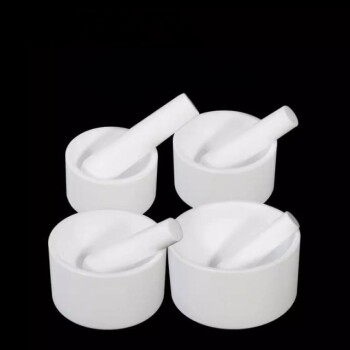
Kundenspezifischer PTFE-Teflon-Teilehersteller Schleifschale
PTFE ist bekannt für seine außergewöhnliche chemische Beständigkeit, thermische Stabilität und geringe Reibungseigenschaften, was es zu einem vielseitigen Material in verschiedenen Branchen macht. Die PTFE-Schleifschale findet insbesondere dort Anwendung, wo diese Eigenschaften entscheidend sind.

Kundenspezifische PTFE Teflon Teile Hersteller F4 Erlenmeyerkolben Dreieckskolben 50 100 250ml
Der PTFE-Dreieckskolben, auch bekannt als Teflon-Reagenzglas, ist eine robuste, chemikalienbeständige Alternative zu herkömmlichen Glasflaschen und eignet sich sowohl für Säuren als auch für Laugen. Diese Flaschen sind unzerbrechlich, leicht und verfügen über einen auslaufsicheren Schraubverschluss, was sie ideal für den Laborgebrauch macht.
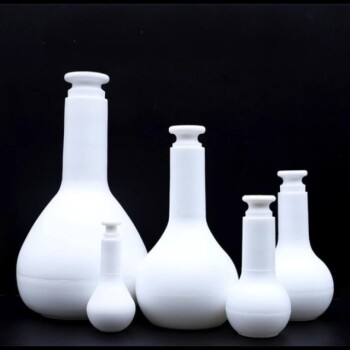
Hersteller von kundenspezifischen PTFE-Teflonteilen für F4 PTFE-Messkolben
Der PTFE-Messkolben, eine robuste Alternative zu Glas- und PP-Kolben, eignet sich hervorragend zur Messung von sauren und alkalischen Flüssigkeiten. Dieser Kolben zeichnet sich durch seine chemische Inertheit, Transluzenz und eine große Auswahl an Volumina aus und gewährleistet einen nicht auslaugenden, ultrareinen Hintergrund. Seine Antihaftbeschichtung vereinfacht die Reinigung und Wartung und macht ihn ideal für raue Laborbedingungen.
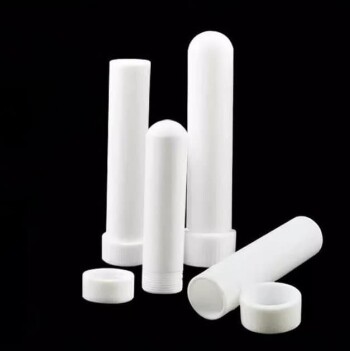
Hersteller von kundenspezifischen PTFE-Teflon-Teilen für Zentrifugenröhrchen
PTFE-Zentrifugenröhrchen werden wegen ihrer außergewöhnlichen chemischen Beständigkeit, thermischen Stabilität und Antihaft-Eigenschaften sehr geschätzt und sind daher in verschiedenen anspruchsvollen Sektoren unverzichtbar. Diese Röhrchen sind besonders nützlich in Umgebungen, in denen korrosive Substanzen, hohe Temperaturen oder strenge Sauberkeitsanforderungen vorherrschen.
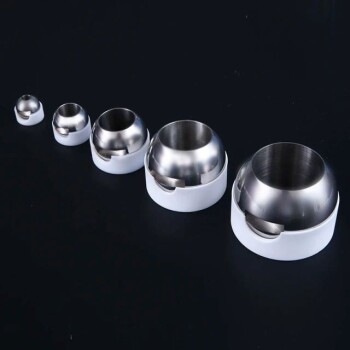
Kundenspezifischer PTFE-Teflon-Teilehersteller für PTFE-Kugelhahn-Sitze
Sitze und Einsätze sind wesentliche Komponenten in der Armaturenindustrie. Als Schlüsselkomponente wird Polytetrafluorethylen üblicherweise als Rohmaterial ausgewählt.

Hersteller von kundenspezifischen PTFE-Teflon-Teilen für PTFE-Büchner-Trichter und Dreieckstrichter
Der PTFE-Trichter ist ein Laborgerät, das hauptsächlich für Filtrationsprozesse verwendet wird, insbesondere zur Trennung von festen und flüssigen Phasen in einer Mischung. Diese Einrichtung ermöglicht eine effiziente und schnelle Filtration und ist daher in verschiedenen chemischen und biologischen Anwendungen unverzichtbar.
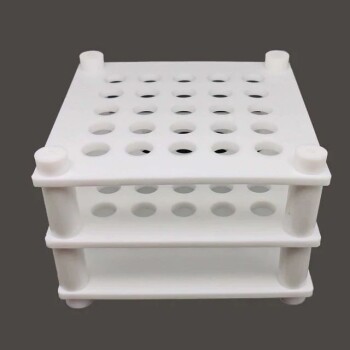
Kundenspezifischer Hersteller von PTFE-Teflon-Teilen für Zentrifugenröhrchenhalter
Die präzisionsgefertigten PTFE-Reagenzglashalter sind vollständig inert und können aufgrund der Hochtemperatureigenschaften von PTFE problemlos sterilisiert (autoklaviert) werden.

PTFE-Reinigungskörbe bestehen hauptsächlich aus Tetrafluorethylen. PTFE, bekannt als der „König der Kunststoffe“, ist eine Polymerverbindung aus Tetrafluorethylen.
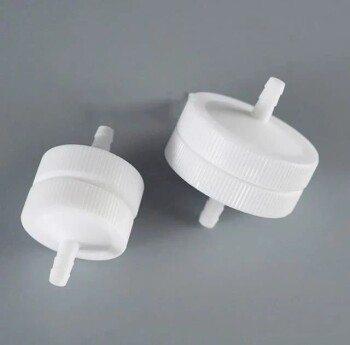
Kundenspezifischer Hersteller von PTFE-Teflonteilen für Probenfilter
PTFE-Filterelement ist ein weit verbreitetes industrielles Filterelement, das hauptsächlich zur Filterung korrosiver Medien wie hochreiner chemischer Substanzen, starker Säuren und starker Laugen verwendet wird.

Kundenspezifischer PTFE-Teflon-Teilehersteller für Luftventilanwendungen
PTFE-Kleinstluftventil für Gas-Flüssigkeits-Probenahme und Probenbeutel zur Probensammlung.

Hersteller von kundenspezifischen PTFE-Teflon-Teilen für Kulturschalen und Verdampfungsschalen
Die PTFE-Kulturschale und Verdampfungsschale ist ein vielseitiges Laborgerät, das für seine chemische Beständigkeit und Hochtemperaturstabilität bekannt ist. PTFE, ein Fluorpolymer, bietet außergewöhnliche Antihaft-Eigenschaften und Haltbarkeit, was es ideal für verschiedene Anwendungen in Forschung und Industrie macht, einschließlich Filtration, Pyrolyse und Membrantechnologie.
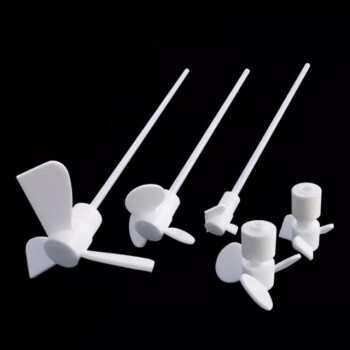
Kundenspezifischer PTFE-Teflon-Teilehersteller, Labor-Hochtemperatur-Mischpaddel-Mischer
Der PTFE-Mischpaddel-Mischer ist ein vielseitiges und robustes Werkzeug für den Laboreinsatz, insbesondere in Umgebungen, die eine hohe Beständigkeit gegen Chemikalien und extreme Temperaturen erfordern. Dieser aus hochwertigem PTFE gefertigte Mischer verfügt über mehrere Schlüsselfunktionen, die seine Funktionalität und Haltbarkeit verbessern.
Ähnliche Artikel

Manuelle hydraulische Pressen für den Laborgebrauch: Ein umfassender Leitfaden
Erkunden Sie die Feinheiten manueller hydraulischer Pressen in Labors, einschließlich Betrieb, Vorteile und Vergleich mit automatischen Modellen. Ideal für alle, die detaillierte Einblicke in die Probenvorbereitung und Kosteneffizienz suchen.

Gemeinsame Instrumente und Verfahren in der organischen Synthese
Überblick über die wichtigsten Glasapparaturen, Destillationsaufbauten, Umkristallisations- und Extraktionsmethoden in der organischen Synthese.

Chemische Gasphasenabscheidung (CVD) und hochreine PFA-Rohre
Ein Überblick über das CVD-Verfahren und die Rolle von hochreinen PFA-Rohren in der Halbleiterfertigung.

PTFE-Dichtungen: der unsichtbare Wächter der industriellen Leckageprävention
PTFE-Dichtungen werden zur Verhinderung von Flüssigkeits- oder Gasleckagen verwendet und sind in Ventilen, Pumpen und Rohrleitungssystemen weit verbreitet.

Leistung und Anwendung von Polytetrafluorethylen (PTFE) in Hochtemperaturumgebungen

Richtlinien zur Probenvorbereitung für verschiedene Analyseinstrumente
Detaillierte Anweisungen zur Vorbereitung von Proben für NMR, MS, Chromatographie, IR, UV, ICP, Thermogravimetrie, XRD, TEM, SEM und andere Instrumente.

Anwendung der Molekulardestillationstechnologie in der chemischen Industrie für den täglichen Gebrauch
Erforschung des Einsatzes der Molekulardestillation zur Verbesserung der Qualität und Reinheit von chemischen Produkten des täglichen Bedarfs.

Lösungen zum Entfernen einer festsitzenden Sprühkugel aus einem Rotationsverdampfer
Richtlinien und Techniken zum Entfernen einer festsitzenden Sprühkugel aus einem Rotationsverdampfer, einschließlich Schütteln, Klopfen, Backen, Einfrieren und Zerschlagen.

Das Gefäß der Wahrheit: Warum der Behälter wichtiger ist als die Chemie
Der Erfolg eines elektrolytischen Experiments hängt oft vom Material des Zellkörpers ab. Entdecken Sie die Kompromisse zwischen Borosilikat, Quarz und PTFE.

Polytetrafluorethylen (PTFE):Wie ein niedriger Reibungskoeffizient den industriellen Fortschritt fördert
Erforschen Sie die einzigartigen Vorteile des niedrigen Reibungskoeffizienten von Polytetrafluorethylen (PTFE) und analysieren Sie, wie dieser den Fortschritt und die Innovation in der Industrietechnik fördert, indem er den Verschleiß verringert und die Effizienz der Anlagen verbessert.

Wie man PTFE zur Verbesserung der Arbeitseffizienz von Pumpen und Ventilen einsetzt
Polytetrafluorethylen (PTFE) hat sich aufgrund seiner einzigartigen physikalischen und chemischen Eigenschaften zu einem wichtigen Werkstoff zur Verbesserung der Effizienz von Pumpen und Ventilen entwickelt.

Optische Filter verstehen
Ein Überblick über optische Filter, ihre Typen und Anwendungen.